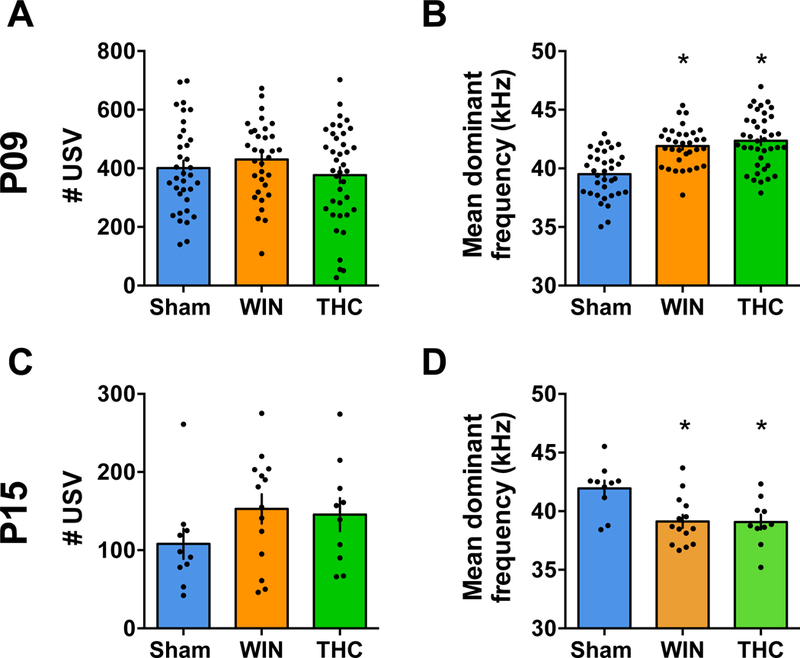Figure 5. Mean dominant frequency of ultrasonic vocalization is altered in pups exposed to WIN or THC at both P09 and P15.

A,C: The number of USV emitted by pups from litters exposed to WIN or THC during the lactation period were not altered (P09, F2,104x = 1.101, P=0.3365; P15, F2,31 = 1.417, P=0.2576; one-way ANOVA). B,D: However, the mean dominant frequency of USV calls made by pups from both WIN- and THC-treated dams was found to be significantly different from the offspring of Sham-treated rats at P09 (F3,88 = 6.239, P=0.0007; one-way ANOVA) and at P15 (F2,31 = 6.656, P=0.0039; one-way ANOVA). P9: Sham, N=21 pups/5 litters; WIN, N=12 pups/4 litters and THC, N=19 pups/5 litters. P15, N= 10 pups/2 litters; WIN, N= 14 pups/2 litters and THC N=10 pups/2 litters). Scatter dot plot represents one animal. Error bars indicate SEM. *p<0.05.
